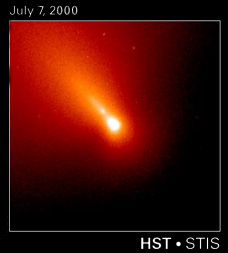This image shows Comet Linear brightening when it blew off part of its crust. Clicking on this image will show you the Hubble Space Telescope's chronicle of the outburst.
Click on image for full size
Courtesy of the Hubble Space Telescope, NASA, and H. Weaver at Johns Hopkins University
Comet Linear
Astronomers discovered a new
comet on September, 27 1999. Its name is
Comet Linear. If you found a comet, what would you name it?
Scientists aren't sure if Comet Linear has ever been to our solar system before and they are not sure if it'll ever return. If the comet does return, it may be millions of years from now!
Something exciting happened while the Hubble Space Telescope was tracking the comet. Comet Linear blew off a piece of its crust. That explosion really brightened things up! You can see the pictures the Hubble Telescope took just to the left.
You might also be interested in:
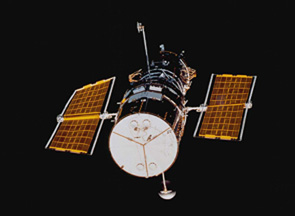
The Hubble Space Telescope (HST) is really neat! It was first launched in 1990, but scientists started building it in the 1970's! We have found all kinds of objects like stars, nebulae and galaxies. The
...more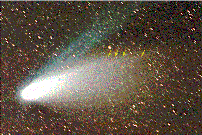
Comet Hale-Bopp was one of the brightest comets of all time. Astronomers witnessed the comet spew out intermittent bursts of dust. The surface seemed to be an incredibly dynamic place, with 'vents' being
...more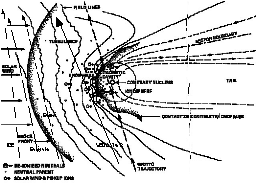
Six spacecraft flew to Halley's comet in 1986. There were two spacecraft launched from Japan, named Suisei and Sakigake, and two from the Soviet Union, named Vega 1 & 2. One spacecraft, ICE, was from the
...more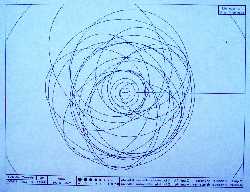
Astronomers have noticed a group of comets which they call the Jupiter Family of Comets. This family of comets is to be found circling between Jupiter and the sun, as shown in this picture. The comets
...more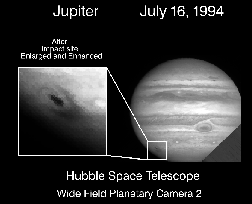
Scientists have learned a great deal from the crash of comet Shoemaker-Levy 9. Scientists traced the orbit of the comet backwards in time to guess its origin. The crash of a comet like Shoemaker-Levy 9
...more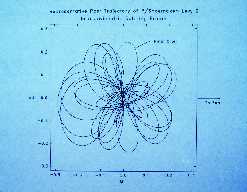
Mathematical theory suggests that comet Shoemaker-Levy 9 was likely a short-period comet which was captured into orbit around Jupiter in 1929. This orbit ended with a collision of the comet with Jupiter
...more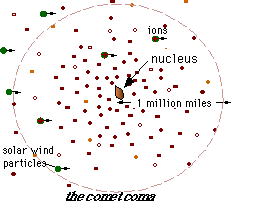
As the ices of the comet nucleus evaporate, they expand into a large cloud around the middle part of the comet. This cloud, called the coma, is the atmosphere of the comet. It can extend for millions of
...more


